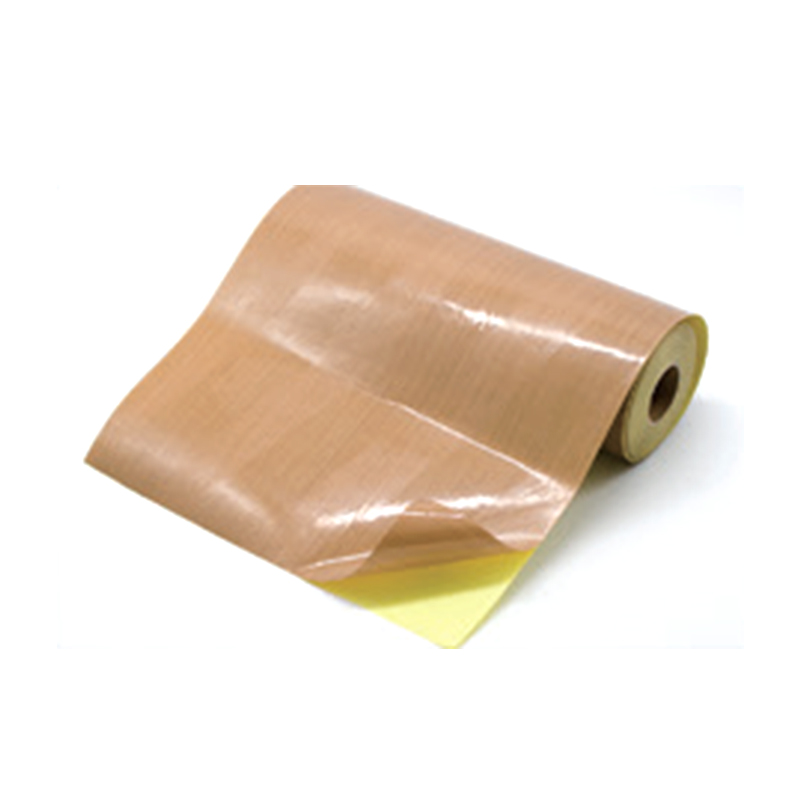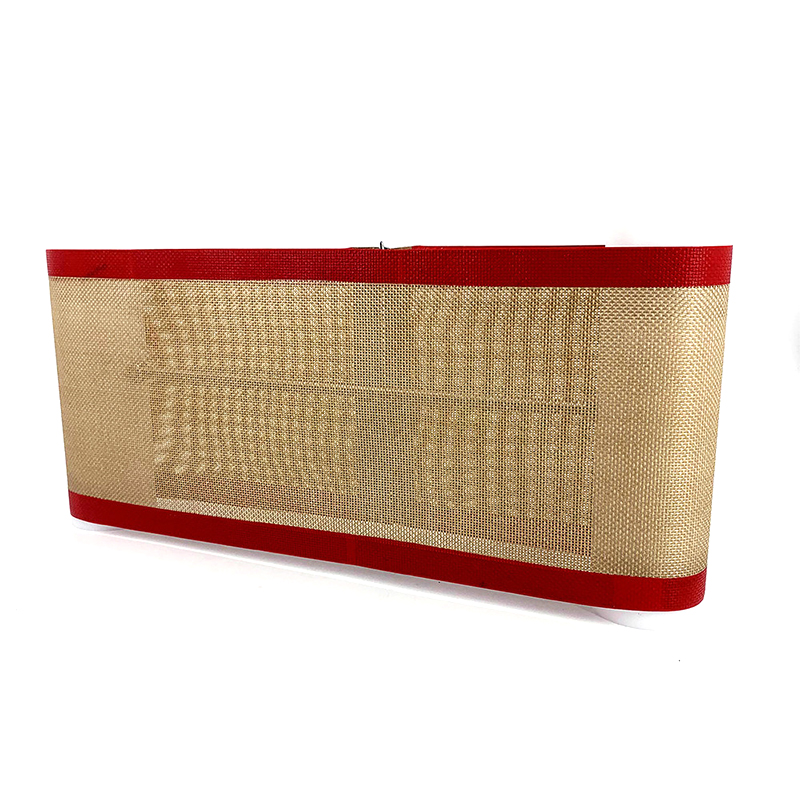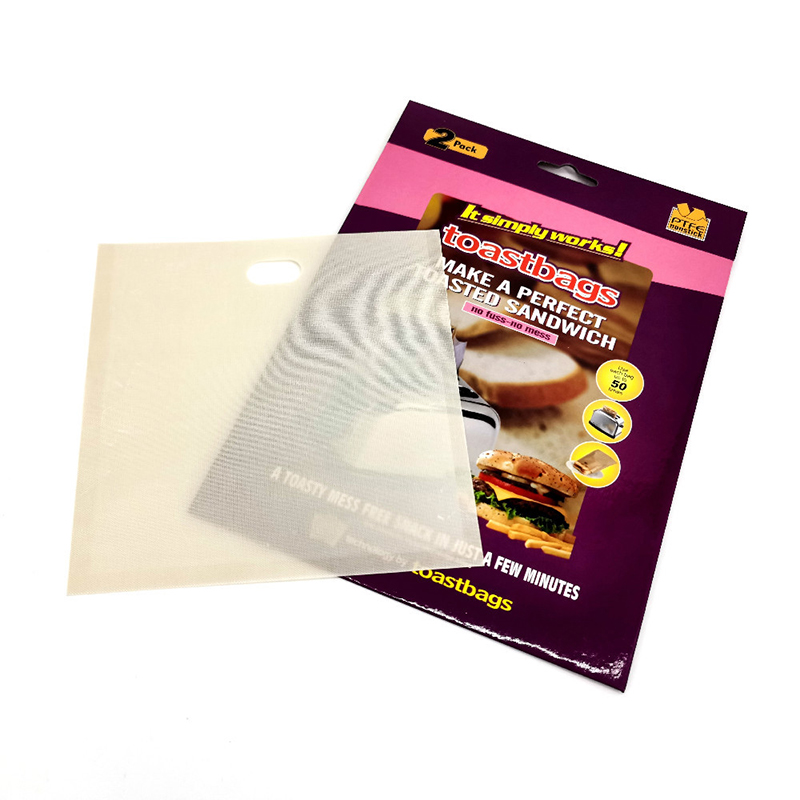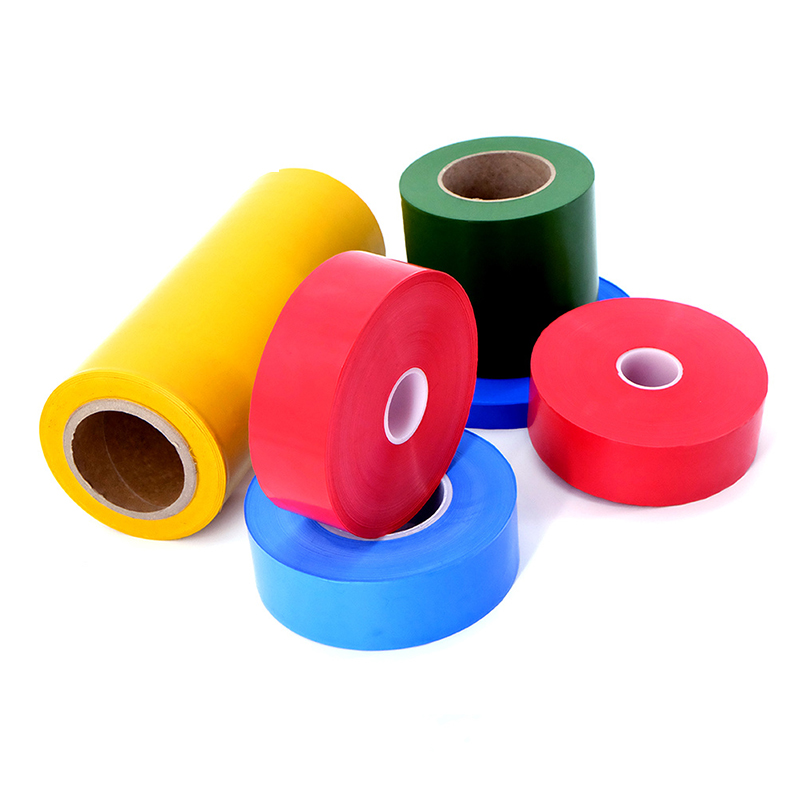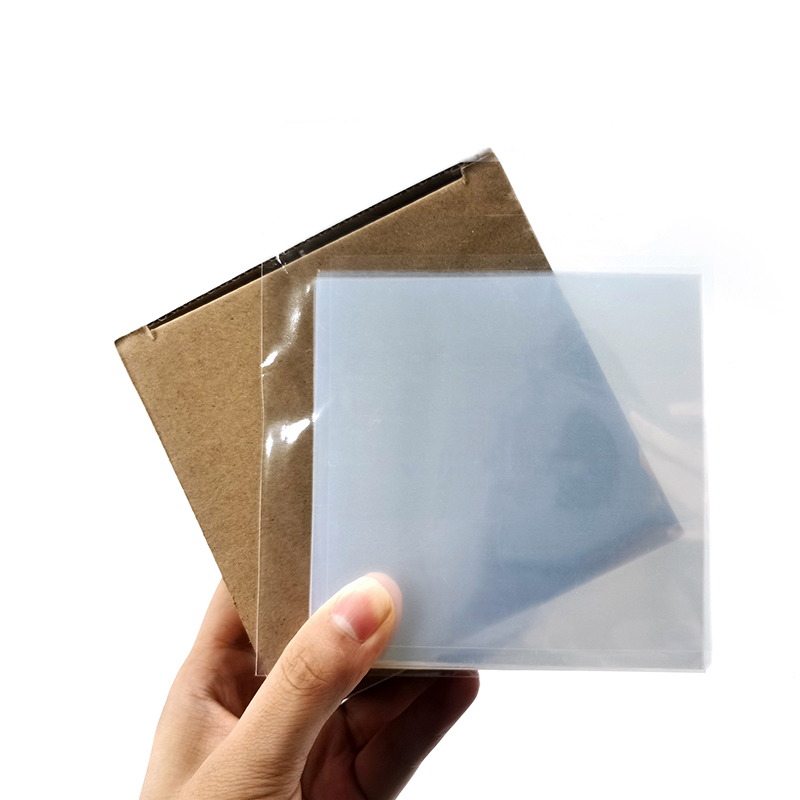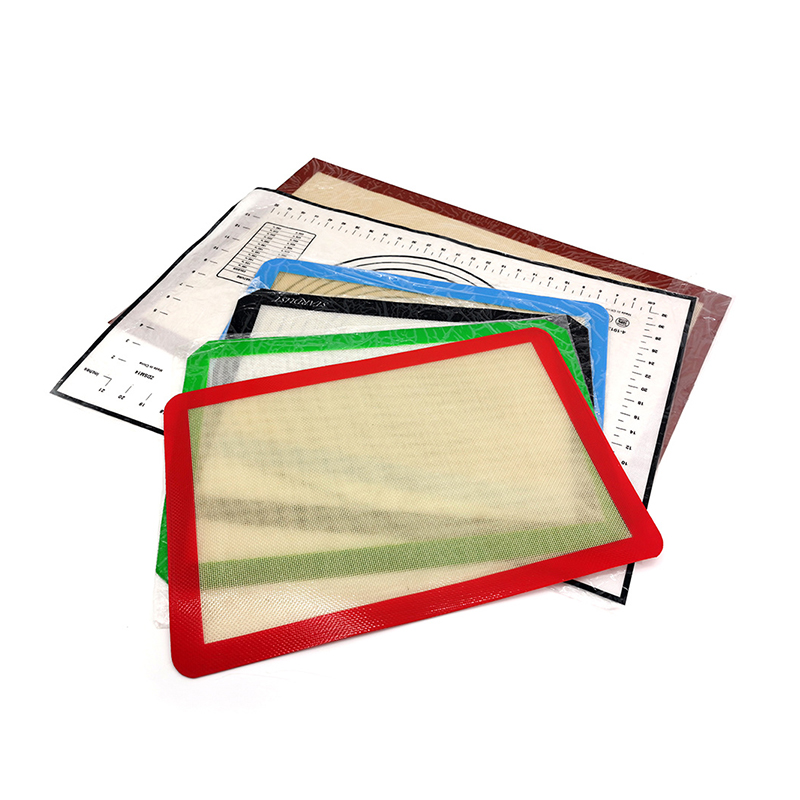How to Further Improve the Tensile Strength and Elongation at Break of Etched PTFE Film?
PTFE film is widely used in many fields due to its unique chemical stability and physical properties. Among them, Etched PTFE Film has a place in the electronics, medical, chemical and other industries with its corrosion resistance, non-stickiness, and insulation. In practice, the mechanical properties of Etched PTFE films, such as the tensile strength and the elongation at the break, often become the key factors limiting their application scaling.
1. Material modification
Adding fillers: By adding fillers such as glass fiber, carbon fiber, graphite, and metal powder to the PTFE matrix, the tensile strength and elongation at the break of Etched PTFE Film can be effectively improved. Fillers can increase the longitudinal support between polymer molecular chains, so that the material can more effectively disperse stress when subjected to external forces, thereby improving mechanical properties. Among them, glass fiber fillers have become one of the commonly used fillers due to their high strength and good compatibility.
Changing the resin structure: Structural factors such as molecular weight, crystallinity, and molecular chain arrangement of PTFE resin have an important influence on its mechanical properties. By optimizing the polymerization process of PTFE resin, such as changing parameters such as polymerization temperature, pressure and reaction time, the molecular weight distribution and crystallinity of the resin can be adjusted, thereby improving the tensile strength and elongation at break of Etched PTFE Film.
2. Process Optimization
Changing the molding process: Hot pressing molding is one of the effective methods to improve the mechanical properties of Etched PTFE Film. During the hot pressing molding process, the molecular chains of Etched PTFE Film move and rearrange under the action of temperature and pressure. This movement promotes the cross-linking between molecular chains, increases the longitudinal support force between polymer chains, and enables the material to better disperse stress when subjected to external forces. Hot-pressing molding can also affect the crystal structure of Etched PTFE Film. Appropriate temperature and pressure conditions can promote the crystallization of PTFE and form a more compact crystal structure. This structure not only improves the strength of the material but also improves its elongation at break.
Surface modification technology: In view of the problem of low surface energy and difficulty in the bonding of Etched PTFE Film, plasma surface modification technology can be used for treatment. Through the bombardment of plasma, a layer of active groups can be formed on the surface of Etched PTFE Film, which improves its bonding performance with other materials. At the same time, surface modification can also reduce the surface energy of Etched PTFE Film, making it easier to compound with other materials, thereby further improving its mechanical properties.
3. Composite reinforcement
Fiber reinforcement: Compounding high-strength fibers (such as carbon fibers, glass fibers, etc.) with Etched PTFE Film can significantly improve the tensile strength and elongation at the break of the material. Fiber reinforcement can not only provide additional support but also effectively disperse stress when the material is subjected to external forces, thereby improving the impact resistance of the material.
Nanocomposite: Nanomaterials show great potential in enhancing the performance of composite materials due to their unique size effect and interface effect. Compounding nanoparticles (such as nano-silicon dioxide, nano-alumina, etc.) with Etched PTFE Film can significantly improve its tensile strength and elongation at the break without sacrificing the flexibility of the material.



 English
English Español
Español русский
русский
